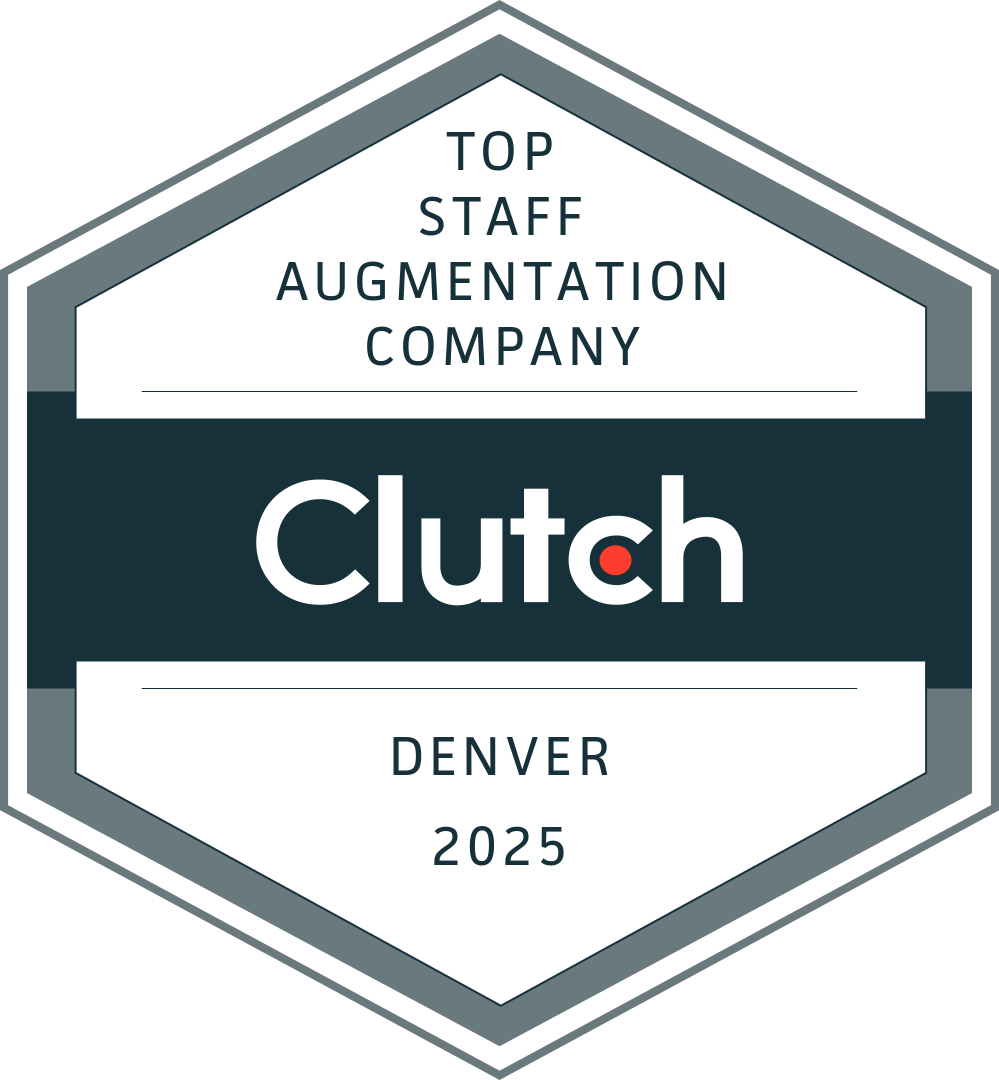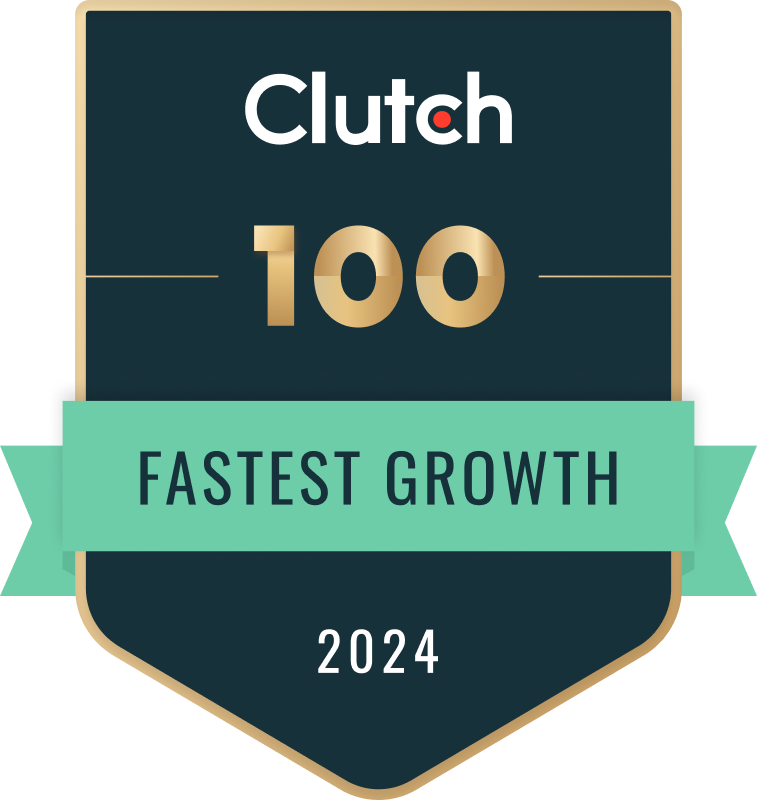Data now stream from daily life: from computers and mobile phones, television and the ‘internet of things’ — to everyday objects that send and receive data. In fact, there’s too much of it, and even more is produced every second, every day. However, is there value in mining and unlocking data?
‘Okay, let me Google that for you…’
In this day and age, almost every technically inclined individual rely on the power of the Internet, to search the world’s information. Google, of course, is one of the leading go-to tools for accessing and processing data. In fact, a search query for ‘What is Big Data’ gives you about 640,000,000 search results in less than a second — a testament to how far we’ve come in terms of data storage and computational capacity.
The Big Data Challenge
According to many investors and technopreneurs, there is money in mining big data.
A slice and dice from everything about a customer’s age and gender, to credit scores and buying history, can make increasingly precise predictions about how they will behave and what they will buy. Therefore, the more you track and mine data about a customer – the more you can capture aspects of his/her behavior, interests, and interactions. Henceforth, making it easier for big brands to pin down exactly what a person will buy, when and for how much, and through what channel.
Old Economy Meets New Technology
According to Kurt Thearling, author of Data Mining and Customer Relationships, the way in which companies interact with their customers have changed dramatically over the past years.
At present, a customer’s continuing business is no longer guaranteed because of the constant competition and price wars happening in the market. As a result, companies need to be very proactive in understanding the needs of their customers to respond quickly to their ever-changing wants and needs.
The Evolution of Data Mining
Social media shatters the boundaries between the real world and the virtual world. The growth of social media over the last decade has revolutionized the way individuals interact, and industries conduct business.
According to Investopedia, there are more than 1.2 billion users on Facebook, 540 million on Google+ and about 277 million users on LinkedIn and Twitter. With such huge database of customers, the following social media channels run and operate on a free membership scheme.
Ever wondered why they’re for free? That’s because if you’re not paying for the product, the product is YOU.
Advertising isn’t just a way for Facebook and its ilk to earn a little bit of revenue. It’s also a way for them to skillfully target ads based on every piece of information you’re sharing on their sites. (And if you’re oblivious to that, well you’ve been commoditized without you even knowing it. Congratulations!)
Mining social media has its potential to extract actionable patterns that can be beneficial for business, users, and consumers. With this expanded web of social data, advertisers can easily break down markets into meaningful segments like age, income, occupation or gender.
In turn, segmenting this market allows businesses to customize their products and promotions on a tight, highly interested market — and this in turn puts them at a higher edge over their competitors.
So, what is data mining?
In brief, data mining, by its simplest definition, is the automation and detection of relevant patterns in a database. According to Oracle, it is the practice of automatically searching large stores of data to discover patterns and trends that go beyond simple analysis.
Bottomline, far too many companies focus on the information in the data they have collected. And so, whether you’re a marketing guru or a consumer, the technologies and techniques for recognizing and tracking patterns within data might be quite valuable.





